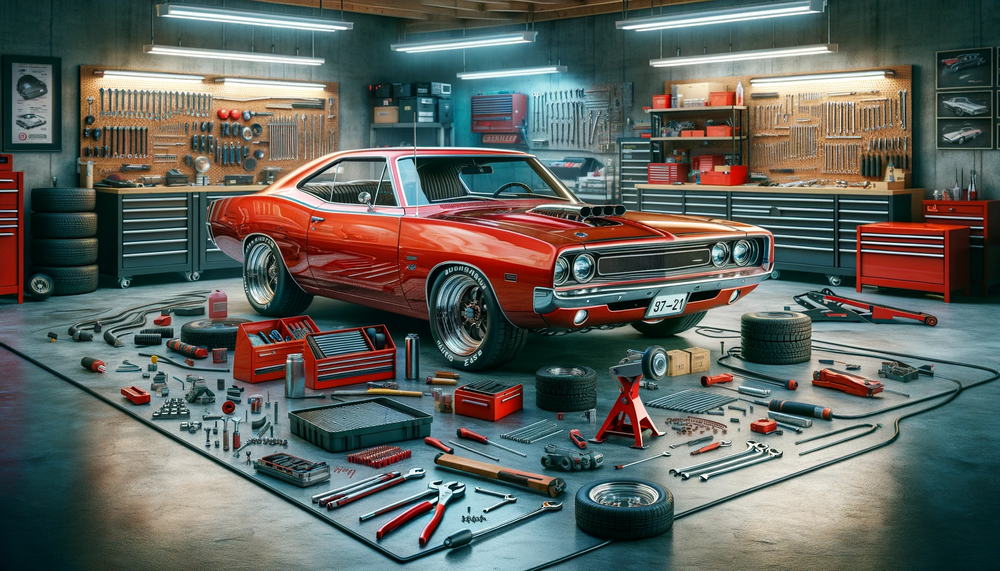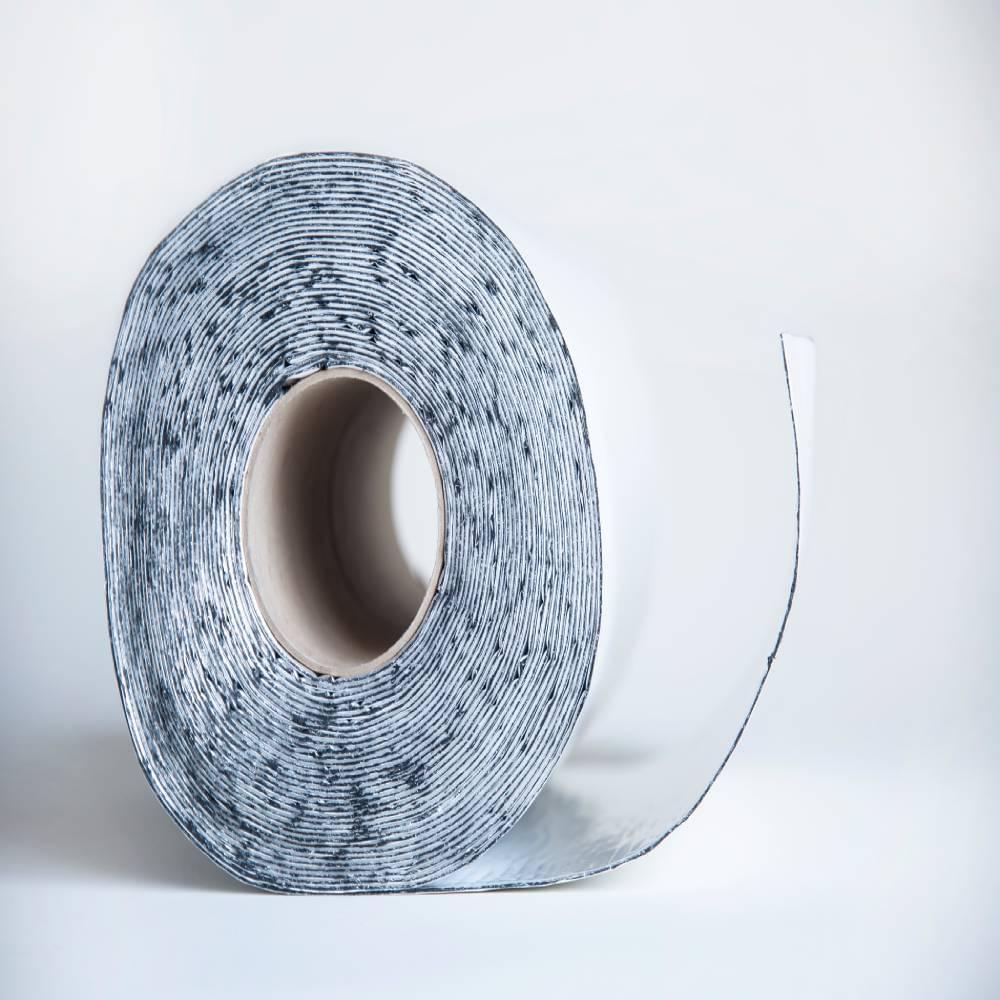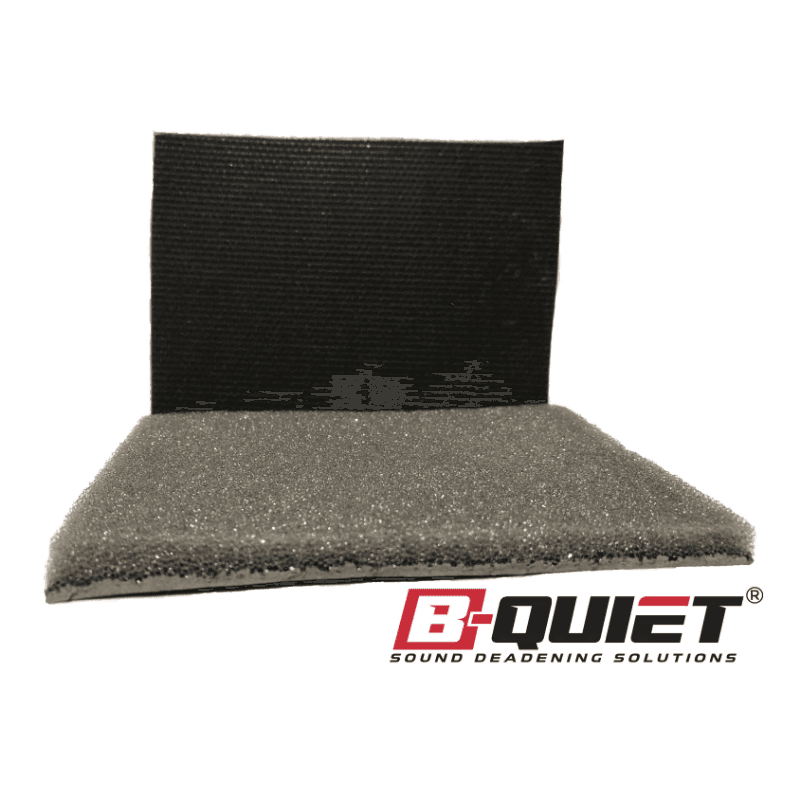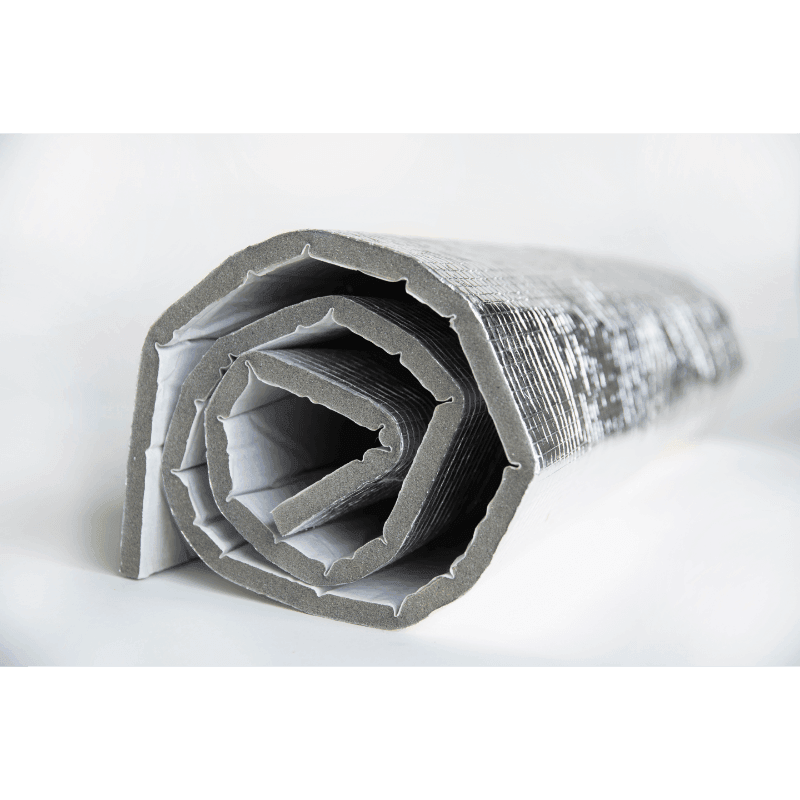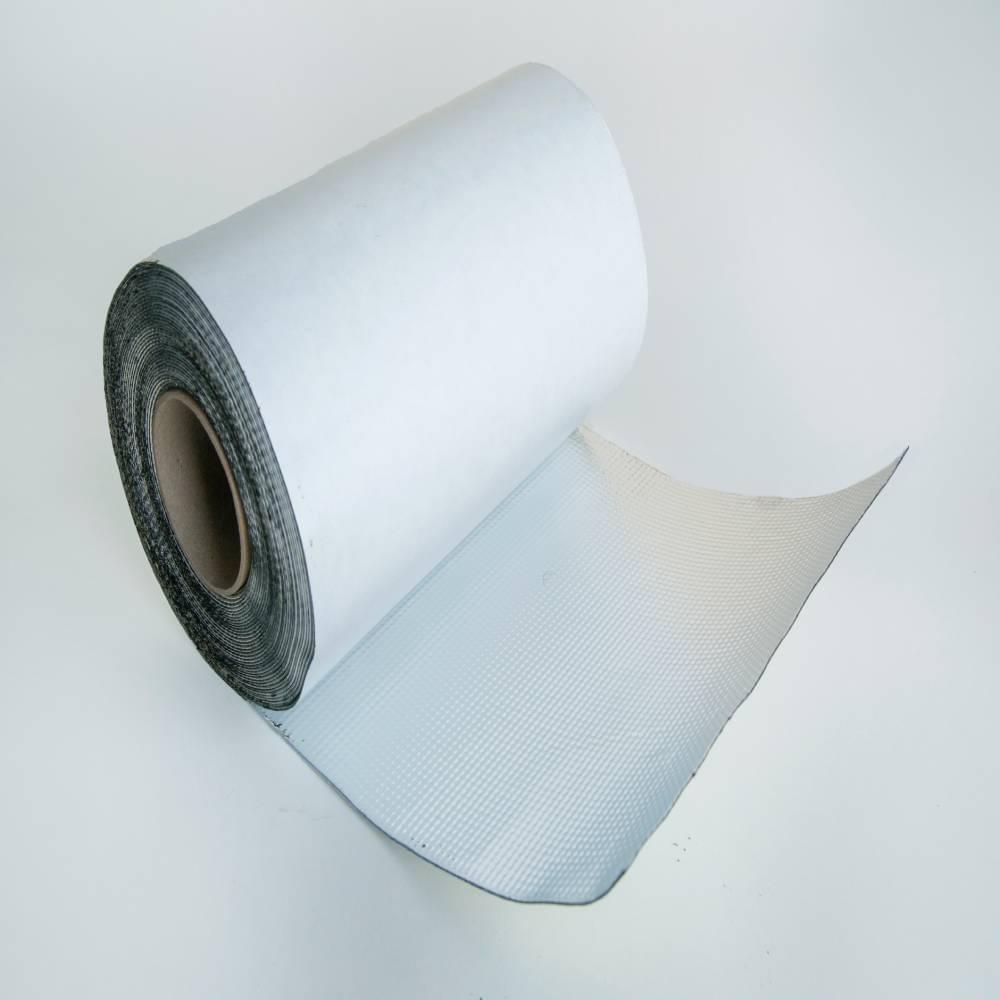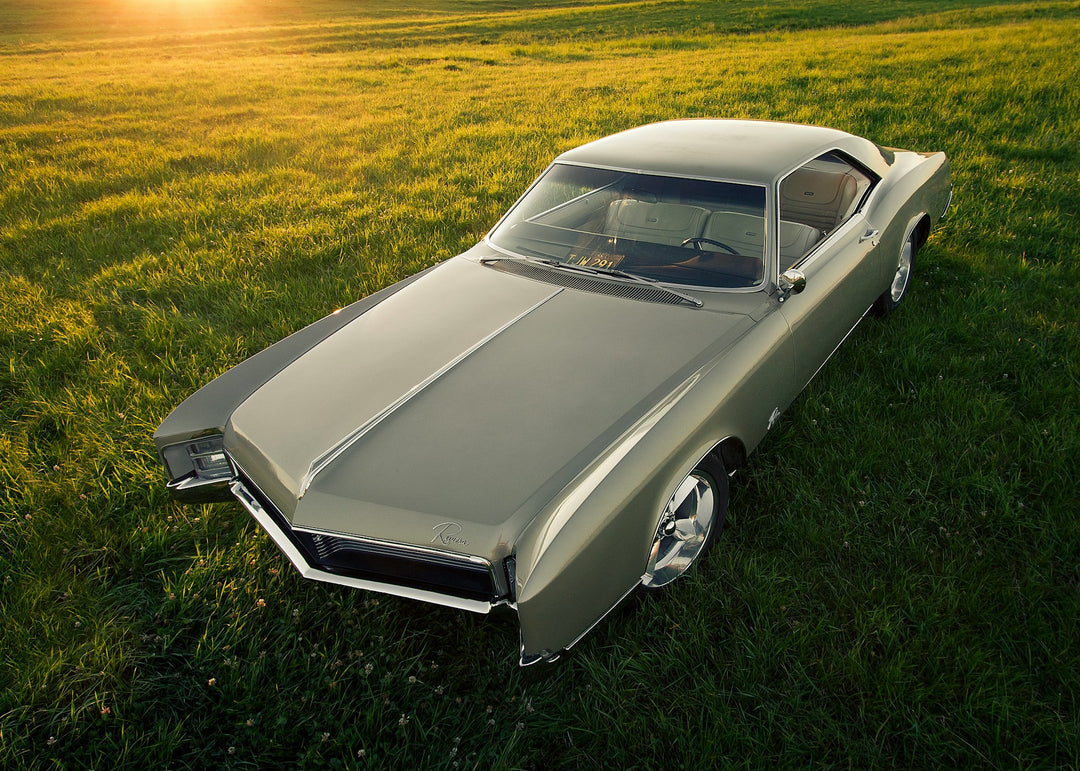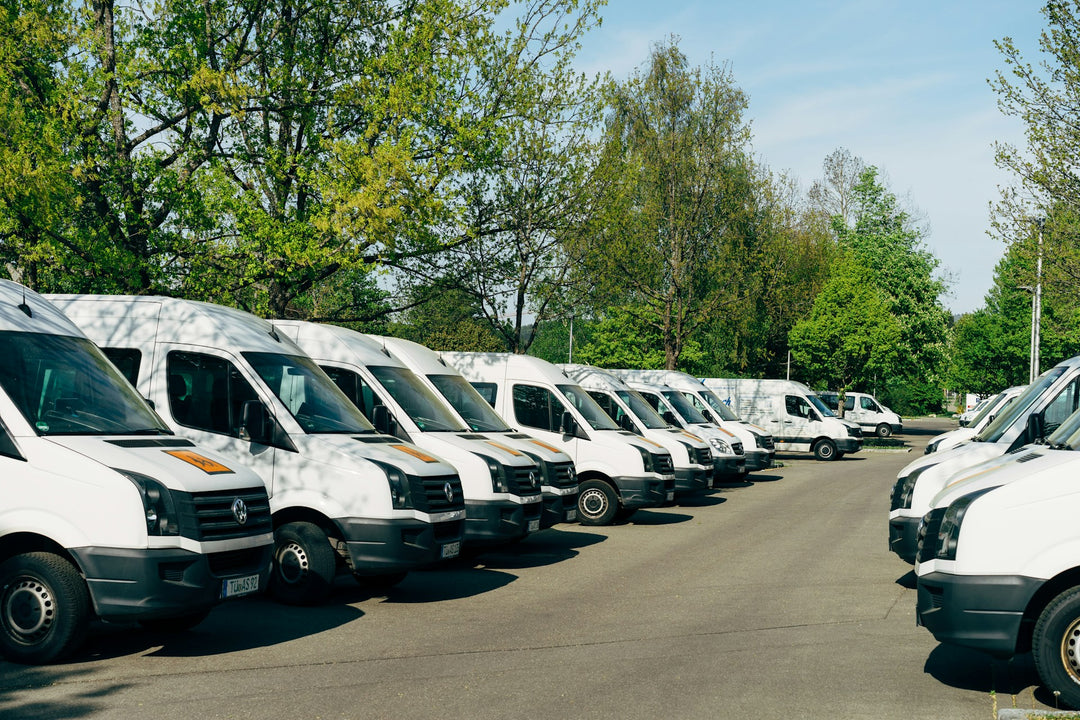The Ultimate Guide to Sound Deadening for Classic Cars
Classic cars represent a tangible piece of history, carrying with them a timeless allure and a nostalgic sense of craftsmanship. Owning and maintaining a classic car is not only a labor of love, but it is also a commitment to preserving these four-wheeled wonders for future generations to admire. One common challenge that aficionados of classic cars face is the noise generated by older engines, roads, and vibrations. While these sounds can be considered part of the vintage appeal, they may ultimately detract from the driving experience. Sound deadening solutions offer an excellent opportunity for classic car enthusiasts to improve their vehicles' comfort and overall enjoyment while maintaining the original charm and character.
In this ultimate guide to sound deadening for classic cars, we will dive deep into the world of automotive soundproofing tailored specifically for these treasured beauties. We will explore the unique challenges faced by owners of classic cars and provide expert advice on selecting and installing sound deadening materials that enhance your vintage car experience without compromising authenticity. By understanding how modern soundproofing techniques can be integrated seamlessly with classic vehicles, you'll be able to balance preservation with innovation, creating the perfect driving experience that combines the best of both worlds.
Unique Sound Deadening Challenges for Classic Cars
When considering sound deadening solutions for classic cars, owners face a few distinctive challenges that set them apart from modern vehicles. Understanding these unique factors will help you make informed decisions when selecting and installing soundproofing materials in your cherished vehicle:
Maintaining Authenticity
Preserving the genuine character and aesthetic appeal of a classic car is of utmost importance for most owners. Therefore, any sound deadening modifications should respect the original design and materials while still providing a measurable improvement in noise reduction.
Availability of Replacement Parts
Classic cars may require the replacement of worn or damaged parts during the installation of sound deadening materials. Locating suitable parts can be difficult and costly, so it is wise to consider this factor when planning your soundproofing project.
Rust and Restoration Work
Classic cars are often more prone to rust and may require extensive restoration work before sound deadening materials can be installed. Preparing your vehicle properly and anticipating potential issues will ensure the longevity and performance of your sound deadening investment.
Expert Installation Tips for Sound Deadening in Classic Cars
To achieve the best results when installing sound deadening materials in your classic car, follow these expert tips:
Prepare your Vehicle
Before attempting any sound deadening installation, thoroughly clean and repair any rust or damage present on your classic car. Ensuring a clean and properly maintained foundation will boost the effectiveness and longevity of your soundproofing investment.
Prioritize Problem Areas
Identify the most problematic noise sources within your vehicle and concentrate your sound deadening efforts on these areas. Common areas include the engine compartment, wheel wells, doors, and floorboards.
Measure and Cut Accurately
Customize your sound deadening materials to fit the specific dimensions and contours of your classic car by measuring and cutting accurately. Precision fitting will not only create a polished, professional appearance but will also maximize the effectiveness of the materials.
Secure and Seal
After measuring, cutting, and positioning your sound deadening materials, install them securely to ensure maximum adhesion and noise reduction performance. Utilize suitable adhesive, mechanical fasteners, or gaskets to create a tight seal and avoid gaps or air pockets.
Sound Deadening Maintenance and Classic Car Care
To protect your sound deadening investment and sustain your classic car's exceptional style, adhere to the following maintenance and care tips:
Inspect Materials Regularly
Carry out regular inspections of your sound deadening materials and classic car condition, addressing any wear, damage, or degradation in a timely manner to maintain optimal noise reduction and preserve the integrity of your investment.
Uphold Cleanliness
Maintain the cleanliness of your classic car both inside and out, as this preserves the appearance and performance of your sound deadening materials. Routine cleaning helps prolong the life and effectiveness of your investment.
Garage Storage
Whenever possible, store your classic car in a garage or other protected environment when not in use. This will shield your vehicle from the elements, minimizing the risk of rust and deterioration while preserving your sound deadening modifications.
Conclusion
By understanding the unique challenges and benefits of sound deadening for classic cars, you can enhance your vehicle's charm and timeless allure without sacrificing modern comfort and noise reduction. Following expert advice on material selection and installation, your vintage automobile will exude elegance and sophistication while also offering a serene and enjoyable driving experience.
Treasure your classic car's prestigious history while embracing the advancements of contemporary sound deadening materials from B-Quiet. With a harmonious fusion of traditional charm and modern innovation, you can create an unparalleled motoring experience, ensuring your beloved classic car remains a stunning icon for many years to come.


